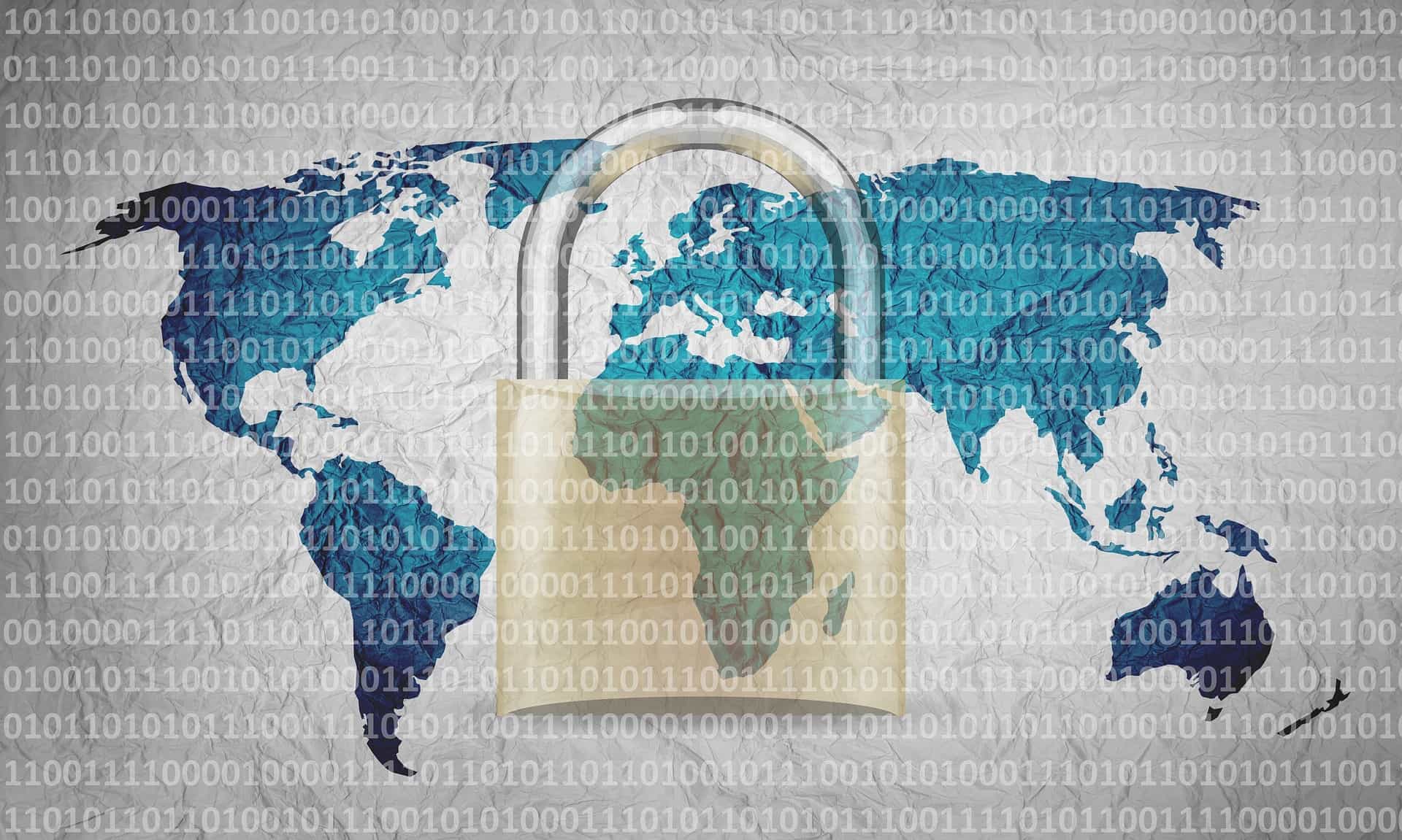A human firewall is essential for enhancing your organisation’s cyber security posture, as staff are often the first line of defense against cyber threats. Much is said about employees being a company’s greatest resource, and this is true; great employees drive a business and contribute to its success. However, employees are only human, and as such, they can also act as agents of both positive and negative change. In 2021, human error continued to be the leading cause of most data breaches, with cybercriminals exploiting vulnerabilities through phishing attacks and social engineering. Yet, employees also hold the key to positive change in the cyber security landscape. By collectively training employees, organisations can form a human firewall that thwarts cyber threats effectively. Here’s how to build this essential defense mechanism.
What Is a Human Firewall?
A traditional firewall acts as a virtual border to the outside world, monitoring and filtering incoming and outgoing traffic to manage cyber threats and prevent cyber attacks. The firewall, as a security concept, goes back to the 1980s, but the use of these network security solutions continues to the present day. The concept of a proactive system that controls attacks against an organisation is a successful one, but one that is being challenged by human-centred attacks. This ethos of a collective way to proactively fight vulnerabilities does not just apply to a virtual solution it is also applicable to a human shield, in other words, a human firewall.
A human firewall is the real-world equivalent of a traditional network firewall. To create this human firewall, human beings, or in other words the staff of an organisation, are given the tools to recognise and thwart cyber threats. The human firewall is built upon the back of ongoing Security Awareness Training giving everyone the tools to stop hackers.
The 5 Principles Behind a Human Firewall
The human firewall is part of a wider ‘culture of security’, so-called as it imbues a security mindset into the entire workforce, placing security thinking centre stage in an organisation. This is important as it makes taking security precautions and being security-aware, second nature. A human firewall helps to turn security into a cultural norm. To build your human firewall, you should follow these five principles:
1. Build Your Firewall, Human Brick by Human Brick
The more people that populate your human firewall, the more chances hacking will be prevented. Everyone loves to feel like they are part of something bigger than themselves – introduce your employees to the notion of the human firewall as part of a wider Security Awareness Training program. Security Awareness Training delivers the knowledge used to spot a cyber attack, such as a phishing email campaign. By being able to recognise a cyber threat or attack in the making, your staff can stop it before it becomes a successful breach. The more staff that you put through Security Awareness Training, the stronger your human firewall becomes.
2. Interactive Fun
Security Awareness Training is a practical way to prevent cyber attacks. However, it should be delivered in a way that is engaging, informative, and interactive. Don’t overwhelm your employees with too many dry security idioms. Instead, build fun sessions that are tailored to your organisation’s needs. This way, your human firewall will grow steadily, and the knowledge delivered by a security awareness program will be more likely to stick.
3. Give Your Human Firewall the Tools to Prevent Data Breaches
Data breaches are not only a security issue, but they are also a compliance and data protection concern. A human firewall needs the right processes and tools in place to help fight data breaches. Security policies must be augmented with clear guidance on what to do in the event of a phishing email, accidental data exposure, shared passwords, and so on.
Security Awareness Training can help to explain the tricks of the cybercriminal trade, but other tools such as incident reporting solutions should be made available. An incident reporting tool should be designed to be easy for staff to enter potential security concerns. It must also be able to automatically triage a security incident and send alerts and reports to the right person to escalate an issue. In this way, an incident reporting tool acts to augment your human firewall.
4. Continue to Build and Fix Your Human Firewall
The security landscape changes. Cybercriminals create new tactics to trick employees into clicking phishing links or navigating to malicious websites, and so on. Your human firewall needs to be given regular Security Awareness Training to ensure that staff are up to date with developments in the world of scams, security hygiene, and phishing. This fixes gaps in your human firewall that could open over time.
5. Reward Staff
The employees that make up the human firewall should feel rewarded for doing a good job and making their workplace a safer environment. Rewards can be part of the Security Awareness Training program or as an end-of-training event.
The Need for a Human Firewall in Today’s Cyber Security Landscape
In a perfect world, there would be no need for a human firewall; however, recent statistics show that 84% of companies have experienced phishing and ransomware attacks over the last 12 months. Cyber security impacts every sector globally, necessitating a shift in focus toward staff involvement alongside traditional security solutions. In the past, traditional firewalls were effective at preventing outside intrusions. Today, hackers manipulate employees to bypass these defenses. To combat this, organisations must arm their employees with knowledge and training, fostering a resilient and informed human firewall.
For further insights on human risk management, check out these articles:
How to Reduce Human Risk in Your Organisation








